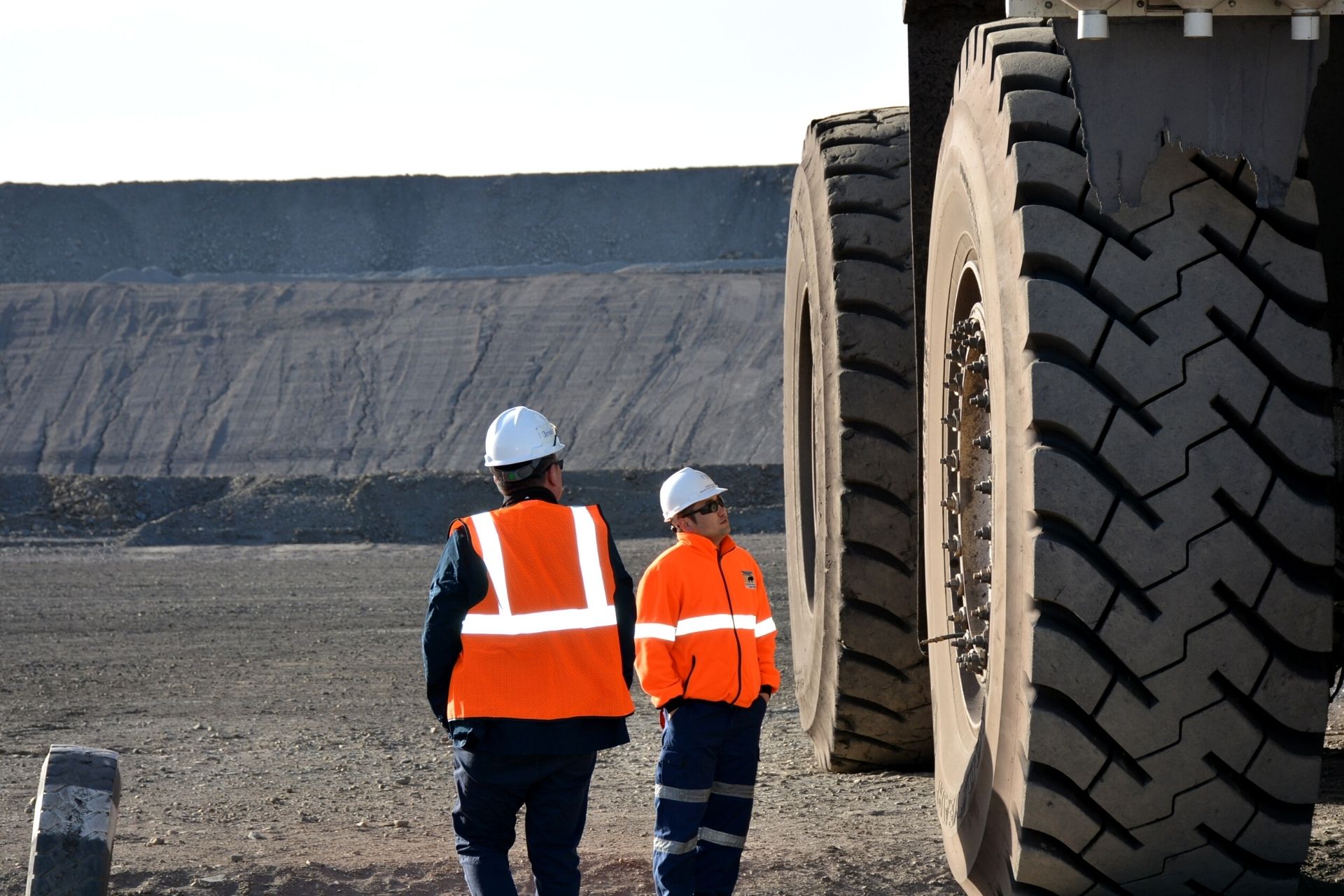Years ago, Bill (not his real name) diligently sought his local accountant’s advice when setting up a business that would provide services to the mining and resources sector. A simple company structure was established with Bill as the sole shareholder. Fast forward to now, and it became clear the business had well and truly outgrown its original business structure, and it was causing BIG problems.
The challenges were even more apparent when Bill recently sold his business. These included considerable asset protection issues and limitations on how Bill could tax effectively extract the multi-millions of dollars of profit retained by the company.
Our Approach
We worked in collaboration with Bill’s financial adviser to explore the options. Amongst the most pressing concerns was the inflexible nature of the business structure which severely limited access to company profits for investment and for saving towards his future retirement.
There were four options Bill’s financial adviser and I worked through.
The first was to do nothing and leave the structure as it was. In addition to the tax consequences, when moving money for his personal requirements, the structure would not be sympathetic to facilitating any future investments nor would it adequately provide asset protection should a claim ever be made against Bill or his business. As a result, this option was rejected.
Next, we considered introducing a separate class of share which would enable access to dividends. While a legitimate tax strategy in some circumstances, we felt that given the fact pattern in place, it may be considered an overly aggressive strategy from a tax perspective. Given Bill’s conservative nature, we also rejected this option.
The third option was to pay the dividends, accept the tax liability and spread it over a number of years. A CGT rollover could have been used to insert a holding company above the existing company and dividends could have been paid up from the operating company to the new holding company. While not an ideal tax solution, it would potentially provide an acceptable asset protection strategy with regards to historical trading risk.
Our fourth option involved creating a new holding company wholly owned by a family trust. The new holding company would purchase the shares in the operating company from Bill personally. This arrangement would result in a structure whereby the operating company was wholly owned by a new holding company, which in turn would be wholly owned by his new family trust.
This structure would allow the profits to be transferred up to the holding company which would provide asset protection benefits. Moreover, the family trust shareholder would provide additional benefits to Bill to be able to share trust and company profits with his family. The primary downside was that this restructure would trigger a large capital gains tax (CGT) event in Bill’s personal name.
The Solution
Fortuitously, we were engaged to provide advice in December, and completed researching Bill’s situation during January. Our recommendations indicated an opportunity to implement a family trust structure (option 4 above) that would enable the funds and any future assets to be held securely while providing flexibility that enable tax distributions to family members.
This also enabled the proceeds from sale of the business to claim the Small Business Capital
Gains Tax Concession, which in turn enabled $500,000 to be moved to Bill’s super tax free.
BUT… For these benefits to be realised the structures needed to be implemented by March.
On Bill’s approval, we were able to achieve this deadline for him.
The Outcomes
Bill’s tax saving was significant thanks to the Small Business Capital Gains Tax Concession.
Further, the family trust provisions enabled funds to be distributed to family members which resulted in the profits and tax liability being shared across several individuals and therefore reducing the overall tax liability.
The family trust structure also facilitates investment opportunities for Bill’s money to be actively managed. It also provides inherent asset protection.
This was of particular importance as any grievances against Bill’s historical operations could have left him and the considerable wealth held is his business, exposed to legal and financial claims.
And of course, the opportunity to move $500,000 tax free into super provided a lump sum retirement nest egg that Bill’s financial adviser has been able to invest and actively manage for the purpose of providing his retirement lifestyle of choice.
Next steps
Ask yourself when you last reviewed your business structure.
Then, consider how your business has changed since inception or since the last review and whether your circumstances today are adequately safeguarded.
As this case study has highlighted, there’s a lot riding on the effectiveness of your business structure for maintaining control, options and protection of your business and assets.
Get it wrong and at best you could expect to pay more tax than is necessary. At worst, you could be in jeopardy of losing the lot should a legal claim be made against the you or your business.
For further information and specialised advice relating to tax and business matters often unique to the mining and resources sector, please contact Craig Barry on +61 (0) 7 3007 2000 or email contact@resourcesunearthed.com.au.
Resources Unearthed is a solutions hub that provides integrated financial, legal, property and accounting and business advisory services for executives, professionals and business owners in the mining and resources sectors.









